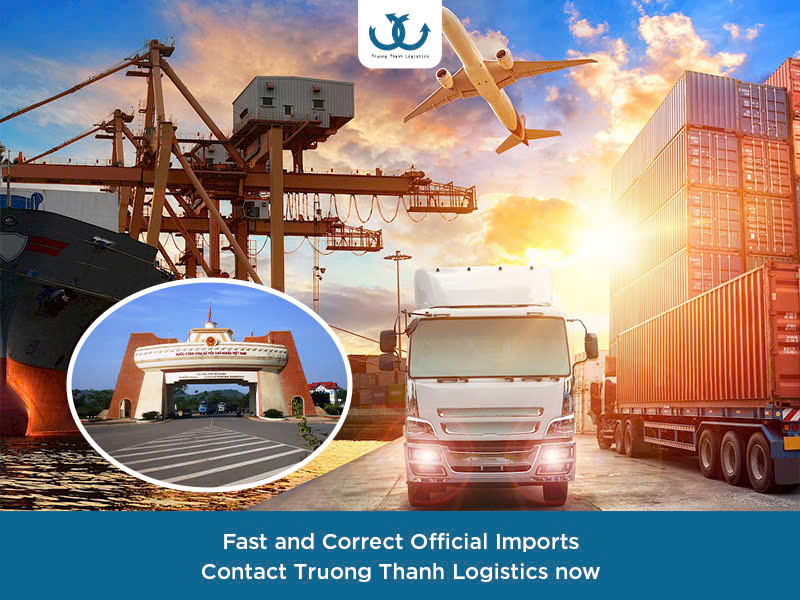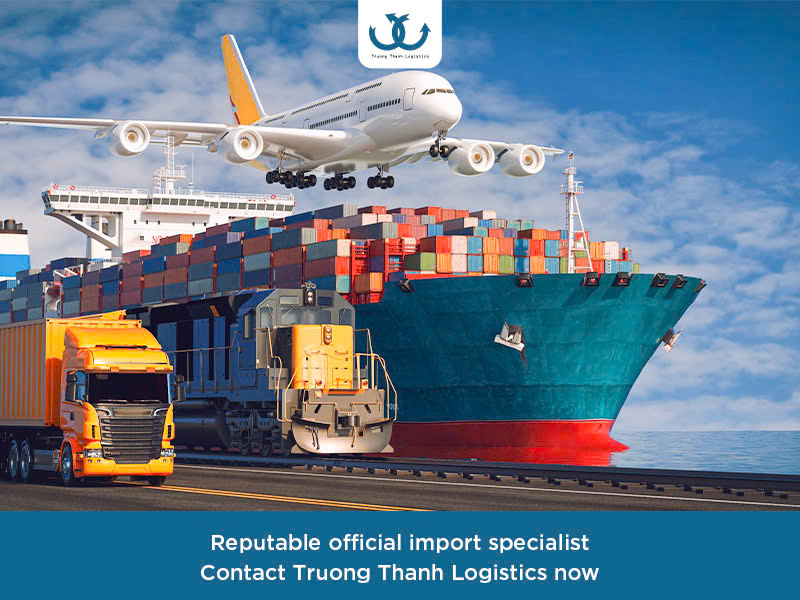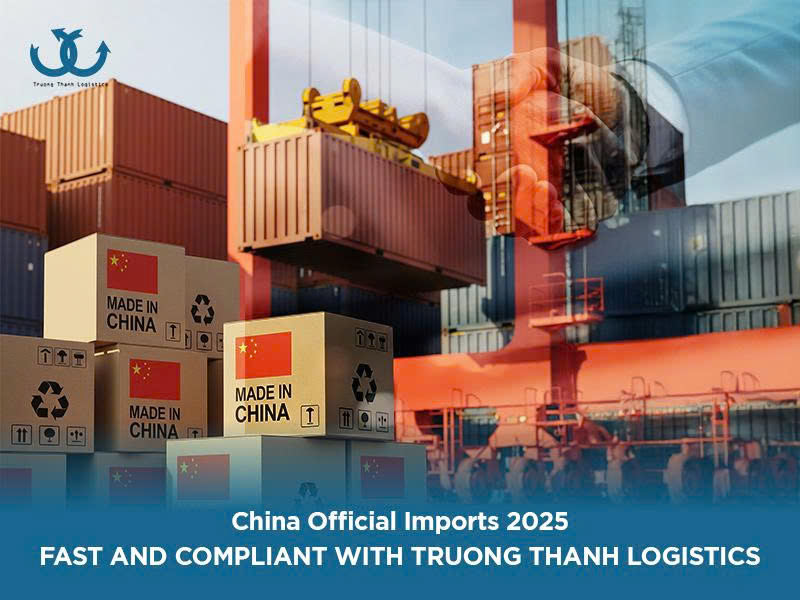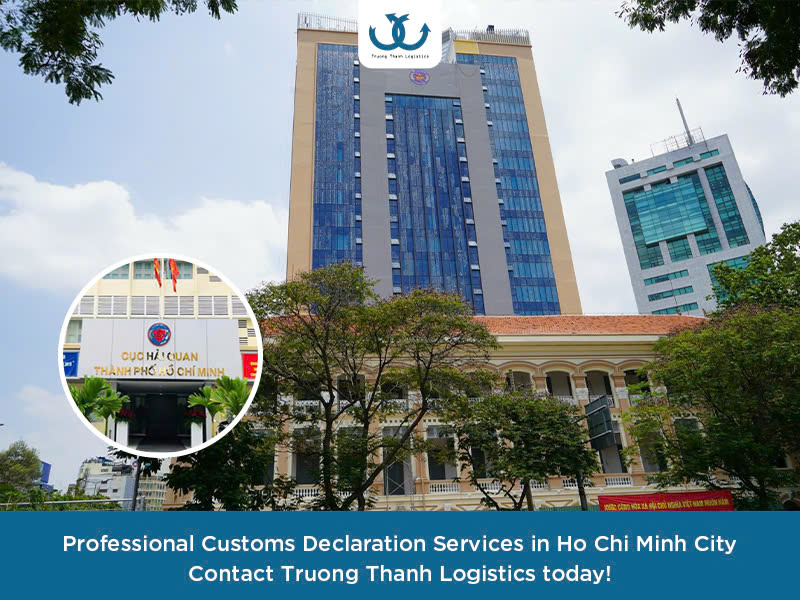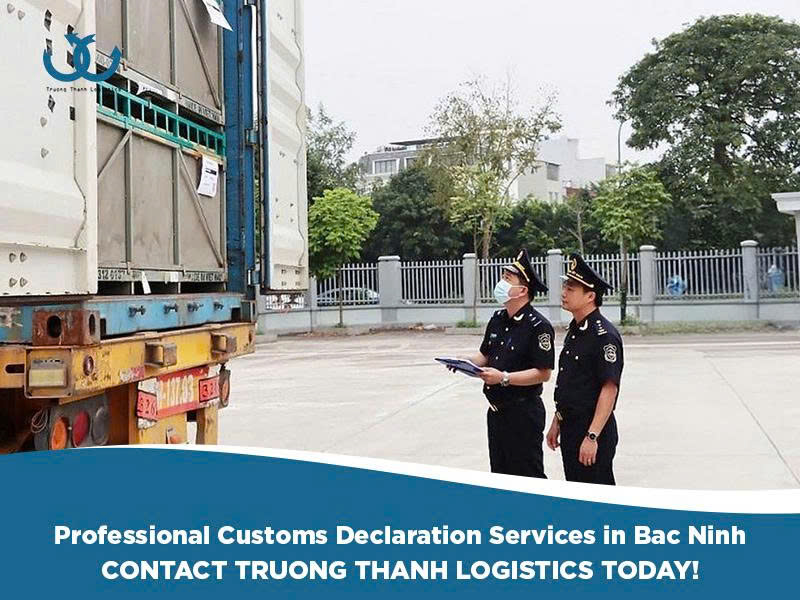C/O Form D is an important document in import and export activities, helping businesses enjoy preferential tariffs and increase competitiveness in the international market. Therefore, businesses need to clearly understand information about C/O Form D to use it effectively and in accordance with regulations.
>>>See more: What is C/O Form A?
1. What is C/O Form D?
C/O Form D, short for “Certificate of Origin Form D,” is a Certificate of Origin of Goods according to Form D. This is an important document in international trade, especially within the framework of the Trade Agreement. ASEAN Trade in Goods Agreement (ATIGA – ASEAN Trade in Goods Agreement). C/O Form D certifies that the exported goods originate from one of the ASEAN member countries, allowing these goods to enjoy preferential tariffs when imported into other member countries in the region.
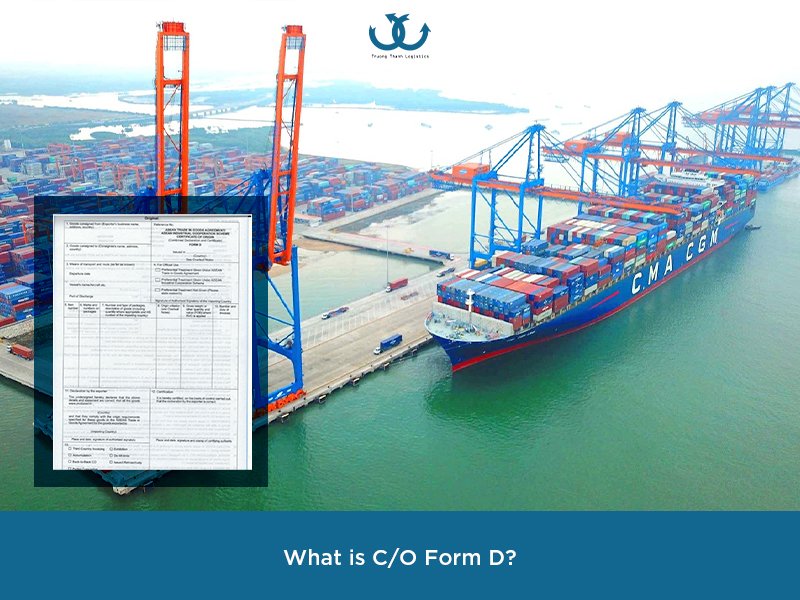
2. Purpose and benefits of C/O Form D
Tariff preferences
Goods with C/O Form D often enjoy preferential tariffs, including reduced or exempted import taxes, when imported into ASEAN member countries. This helps reduce costs and increase the competitiveness of goods.
Increase competitiveness
Thanks to tariff incentives, the selling price of goods will be lower, thereby increasing competition in the market. This is especially important in the context of regional economic integration.
Create trust and credibility
C/O Form D proves the origin of goods, creating trust for trading partners and customs authorities in the importing country. This helps increase the reputation of export businesses.
Convenience in customs procedures
C/O Form D helps goods easily and quickly clear customs at the border gate, minimizing the time and cost of customs procedures.
3. Procedure for applying for C/O Form D
Step 1: Prepare Documents
+ C/O application: Fill in all information in the C/O application according to the prescribed form.
+ Commercial contract: Copy of the commercial contract between the exporter and importer.
+ Commercial Invoice: Copy of the commercial invoice detailing the goods, value, and delivery conditions.
+ Packing List: Copy of detailed packing list of items.
+ Bill of Lading: Copy of bill of lading showing shipping method and consignee information.
Step 2: Submit application
Submit the prepared dossier to the competent authority to issue C/O, such as the Chamber of Commerce and Industry (VCCI) or state management agencies on import and export.
Step 3: Check and verify
The C/O issuing agency will check the completeness and accuracy of the dossier. If there are errors or omissions, the agency will request additions or corrections. The agency may conduct physical verification at the factory or request additional documents proving origin.
Step 4: Issue C/O
If the application is valid and the goods meet the origin standards, the C/O issuing agency will sign and stamp the C/O Form D and send it back to the exporter for submission to the customs authority in the importing country. .
4. Origin standards of C/O Form D
Goods that want to be issued C/O Form D must meet the origin standards specified in the ATIGA Agreement. This may include:
Localization ratio: A certain percentage of the value of the goods must be produced or processed in the exporting country.
Manufacturing: Goods must undergo significant manufacturing or processing in the exporting country.
List of goods: Some specific goods may be required to meet different origin standards.
5. Notes when using C/O Form D
Guaranteed accuracy:
All information on C/O Form D must be filled out completely and accurately. Businesses need to ensure they avoid errors and fraud because this can lead to C/O refusal or serious legal consequences.
Comply with regulations of origin
Goods must meet specific origin standards to be issued C/O Form D. Enterprises need to prepare and store relevant documents to prove the origin of the goods.
Understand the C/O application process
Enterprises need to clearly understand the process of applying for a C/O at the competent authority, including the steps of submitting documents, checking and verifying, and receiving results. From here, businesses plan to apply for C/O early to ensure there is enough time to process documents and avoid rushed situations.
Used for the right purpose
After having C/O, businesses submit C/O to the importing country’s customs authority to enjoy tax incentives. Enterprises need to ensure that C/O Form D is valid and used for the correct purpose within the prescribed time.
C/O Form D is an important tool to help goods exported from ASEAN countries enjoy preferential tariffs when imported into other member countries. Understanding and complying with the C/O Form D application process not only helps businesses enhance competitiveness but also ensures transparency and reputation in international trade.
Above is important information about C/O Form D. For assistance with import and export information, international freight, sea transport or import entrustment, please contact Truong Thanh Logistics at the address:
Truong Thanh Logistics – Dedication, Prestige
Hotline: 0915 36 38 39
Headquarter: 26th Floor, Tower A, Song Da Building, Pham Hung, Nam Tu Liem, Hanoi.
Email: sale@truongthanhjsc.com
info@truongthanhlogistics.com
Website: www.truongthanhlogistics.com
Hai Phong Branch
Address: R.A11, TTC Building, 630 Le Thanh Tong, Hai An, Hai Phong
Da Nang Branch
Address: 27 Nguyen Ba Lan, My An Ward, Ngu Hanh Son District, Da Nang.
HCMC Branch
Address: Room 41, 4th floor, Casanova building, 85 Nguyen Son street, Phu Thanh ward, Tan Phu district, Ho Chi Minh City




